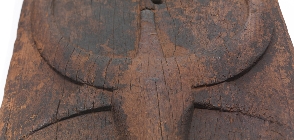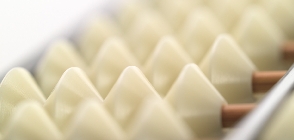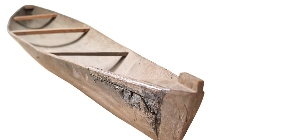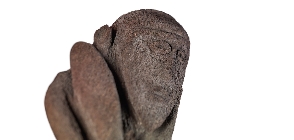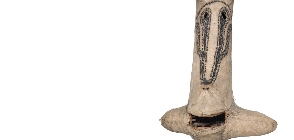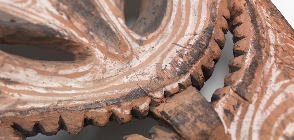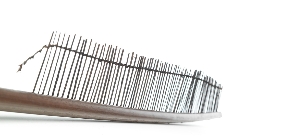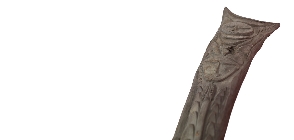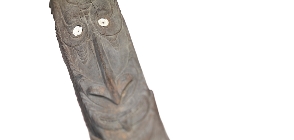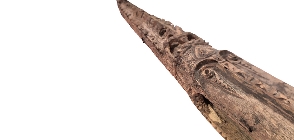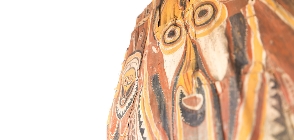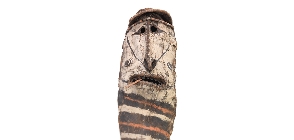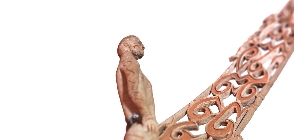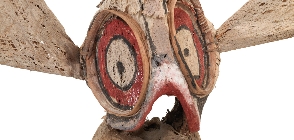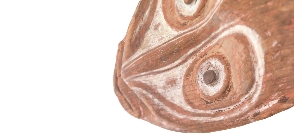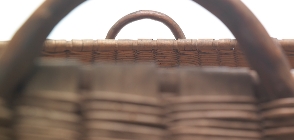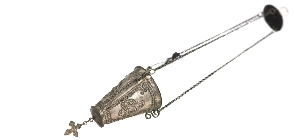Arte France 2012. Warum sind Frauen kleiner als Männer? http://www.arte.tv/guide/de/045331-000-A/warum-sind-frauen-kleiner-als-maenner (3.3.2016)
Aumüller, Gerhard (et al.) 2014. Anatomie. Stuttgart: Thieme.
Blatner, David 2013. Extremwelten. Unser unfassbares Universum von unendlich klein bis unendlich. München: Berlin Verlag.
Braun, Christina von 2012. Der Preis des Geldes. Eine Kulturgeschichte. Berlin: Aufbau Verlag.
Bundesamt für Raumentwicklung 2014. Externe Effekte des Verkehrs 2010. Monetarisierung von Umwelt-, Unfall- und Gesundheitskosten. Bundesamt für Raumentwicklung. Altdorf, Bern und Zürich.
Bundesamt für Raumentwicklung und Bundesamt für Umwelt 2008. Externe Kosten des Verkehrs in der Schweiz. Aktualisierung für das Jahr 2005 mit Bandbreiten. Altdorf, Bern und Zürich.
Bundesamt für Statistik 2013. Schweizerische Gesundheitsbefragung 2012. Neuchâtel: Bundesamt für Statistik.
CERN 2014. The Large Hadron Collider. http://home.cern/topics/large-hadron-collider (27.04.2016).
Daniels, Stephen R. 2009. The use of BMI in Clinical setting. In: Pediatrics. Official publication of the American Academy of Pediatrics. 124(Suppl. 1): 35 - 41.
Dekaban, Anatole S. 1978. Changes in brain weights during the span of human life: relation of brain weights to body heights and body weights. In: Annals of Neurology (4): 345 - 356.
Dettweiler, Marco 2008. 90-60-94, aber leider zu dick. In: Frankfurter Allgemeine, 26.2.2008, http://www.faz.net/aktuell/stil/mode-design/mode/modelalltag-90-60-94-aber-leider-zu-dick-1516451.html (4.5.2016).
Facial Beauty Analysis and the Golden Ratio (Phi, 1.618). Featuring Florence Colgate and PhiMatrix. https://www.youtube.com/watch?v=kKWV-uU_SoI (4.5.2016).
Frommeld, Lea Debora 2013. „Fit statt fett“. Der Body-Mass-Index als biopolitisches Instrument. In: Curare. Zeitschrift für Medizinanthropologie. 36(1/2): 5 - 16.
Furnham, Adrian 2014. 50 Schlüsselideen Psychologie. Dordrecht: Spektrum Akademischer Verlag.
Ganong, William Francis 1974. Lehrbuch der Medizinischen Physiologie. Berlin: Springer Verlag.
Götschi, Thomas und Kahlmeier, Sonja 2012. Ökonomische Abschätzung der volkswirtschaftlichen Gesundheitsnutzen des Langsamverkehrs in der Schweiz. Zürich: Institut für Sozial- und Präventivmedizin.
Gould, Stephen Jay 1983. Der falsch vermessene Mensch. Basel: Birkhäuser Verlag.
Gründl, Martin 2015. Der „Raffael-Effekt“. Schönheit von Gesichtern aus Sicht der Attraktivitätsforschung. In: Landesmuseum Linz. Mythos Schönheit. Facetten des Schönen in Natur, Kunst und Gesellschaft. Berlin: Hatje Cantz, 111 – 119.
Grüter, Thomas 2012. Klüger als wir? Heidelberg: Spektrum Akademischer Verlag.
Horsten, Christina 2014. US-Forscherin leitet Megaprojekt zum Gehirn-Scan. http://www.welt.de/wissenschaft/article128273092/US-Forscherin-leitet-Megaprojekt-zum-Gehirn-Scan.html (27.4.2016).
Kuczynski, Alex 2007. Beauty Junkies. Under the Skin of Cosmetic Surgery Industry. London: Vermilion.
Latusseck, Rolf H. 2009. Die Geometrie der Schönheit. In: Die Welt http://www.welt.de/welt_print/wissen/article5609140/Die-Geometrie-der-Schoenheit.html (4.3.2016).
Latusseck, Rolf H. 2009. Die Geometrie der Schönheit. In: Welt online, http://www.welt.de/welt_print/wissen/article5609140/Die-Geometrie-der-Schoenheit.html (4.3.2016).
Lobo, Sascha 2011. Was ist eigentlich das Gottesteilchen (Higgs-Boson)? http://www.forschungs-blog.de/was-ist-eigentlich-das-gottesteilchen-higgs-boson/ (27.4.2016).
Naumann, Barbara 2013. Kontrollierte Körper. Die Germanistin Barbara Naumann über Körper, Kultur und Kunst. In: „Haut-nah. [Magazin zur Ausstellung „Make up – Aufgesetzt, ein Leben lang?“], Basel: Museum der Kulturen, 52 - 56.
Nobelprize.org. Nobel Media AB 2014. The Nobel Prize in Physics 2013. Web. 4 May 2016. http://www.nobelprize.org/nobel_prizes/physics/laureates/2013/ (27.4.2016).
Pawlowski, Boguslaw 2003. Variable preferences for sexual dimorphism in height as a strategy for increasing the pool of potential partners in humans. http://rspb.royalsocietypublishing.org/content/270/1516/709 (3.3.2016).
Penz, Otto 2001. Metamorphosen der Schönheit. Eine Kulturgeschichte moderner Körperlichkeit. Wien: Turia und Kant.
Ralls, Katherine 1976: Mammals in which females are larger than males. In: Quarterly Review of Biology (51): 245 – 276.
Ridler, Gerda 2015. Athena. Das Wissen um die Schönheit In: Landesmuseum Linz, Mythos Schönheit. Facetten des Schönen in Natur, Kunst und Gesellschaft. Berlin: Hatje Cantz, 23 - 40.
Robinson, Andrew 2007. Das Abenteuer der Vermessung. Vom Urmeter zum IQ. London: Thames & Hudson Ltd.
Rousso, Fabienne 2000. Die Schönheit und ihre Geschichte. Antike, Mittelalter, Renaissance, Reformation und Gegenreformation, 18. Jahrhundert und Klassizismus, Romantik In: Chahine, Nathalie (Hg.). Schönheit. Eine Kulturgeschichte des 20. Jahrhunderts. München: Schirmer/Mosel, 36 - 78.
Schmid, Anna und Bollmann, Jon 2013. Haut-nah : Magazin zur Ausstellung "Make up - Aufgesetzt, ein Leben lang?". Basel: Museum der Kulturen Basel.
Stämpfli, Regula 2013. Die Vermessung der Frau. Von Botox, Hormonen und anderem Irrsinn. Gütersloh: Gütersloher Verlagshaus.
Sturm, Bodo und Vogt, Carsten 2011. Umweltökonomik. Eine anwendungsorientierte Einführung. Berlin: Physica-Verlag.
Widmer, Michèle (2014): Schönheits-OP-Weltmeister Schweiz. http://blog.tagesanzeiger.ch/datenblog/index.php/253/schoehnheitsoperationen-boomen (2.2. 2016).








